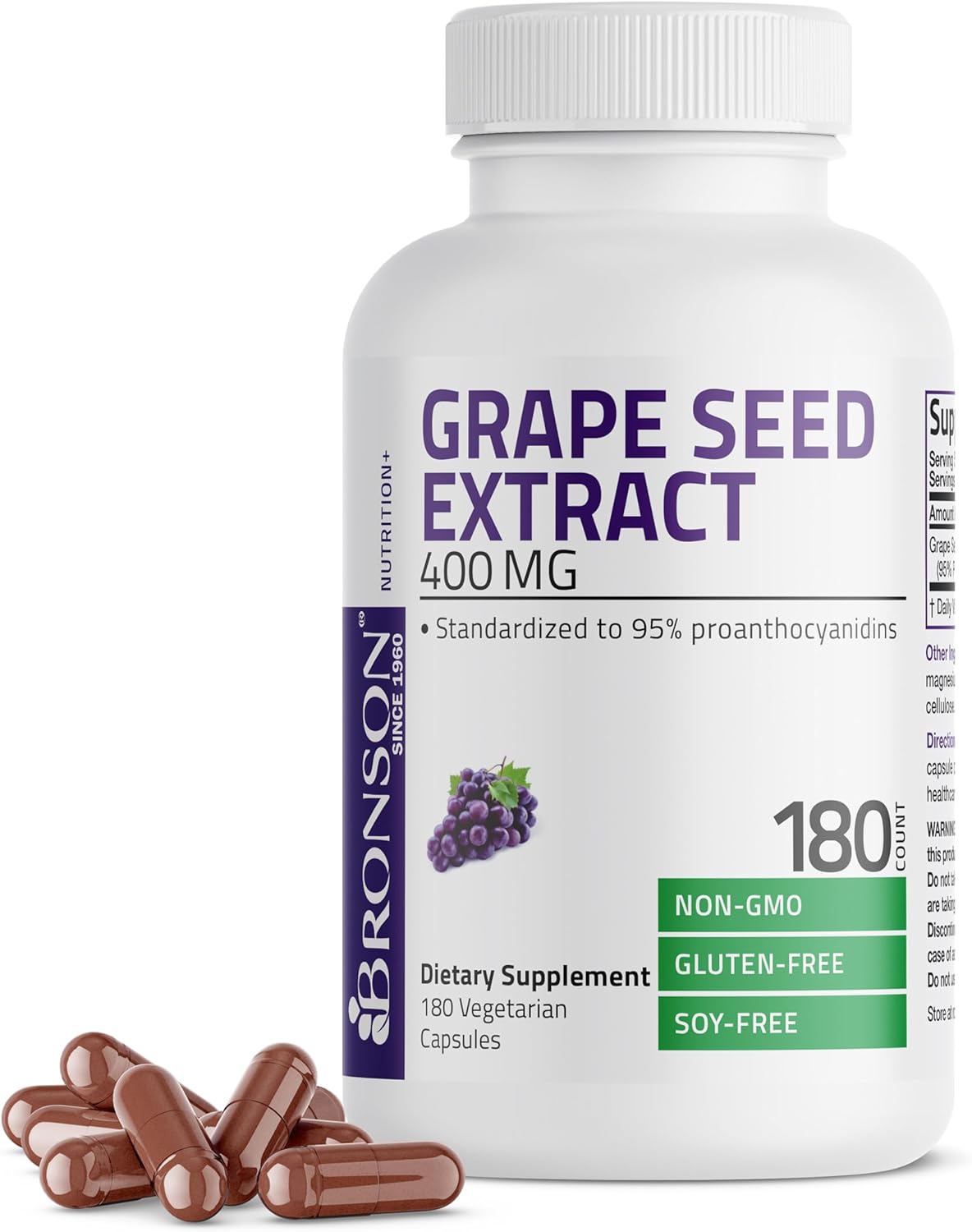Can you take Adenosine Triphosphate and Adenosylcobalamin together?
Interaction Details
Taking Adenosine Triphosphate (ATP) and Adenosylcobalamin (also known as Methylcobalamin or B12) together has the potential for good synergy, suggesting a rating of 4 out of 5.
Adenosine Triphosphate (ATP) and Adenosylcobalamin (B12) work together in energy production and utilization within the body. ATP is a molecule that provides energy for various cellular activities, while Adenosylcobalamin plays a crucial role in the synthesis of ATP and the metabolism of fatty acids and amino acids. When taken together, they can potentially enhance energy production, improve mitochondrial function, and support the synthesis of DNA and red blood cells. The synergy between them can be attributed to the fact that B12 is necessary for the production of ATP, and ATP is required for the utilization of B12. This interdependence can lead to a more efficient energy production and a enhanced overall effect on cellular energy metabolism.
Potential Benefits
Potential Risks
Adenosine Triphosphate
Adenosine Triphosphate (ATP) is a molecule that serves as the primary energy carrier in cells, playing a crucial role in various cellular processes, including muscle contraction, nerve impulse transmission, and biosynthesis.
Adenosylcobalamin
Adenosylcobalamin is a form of vitamin B12, crucial for energy production, nerve function, and the formation of red blood cells. It is one of the active forms of vitamin B12, playing a significant role in the metabolism of fatty acids and amino acids.
